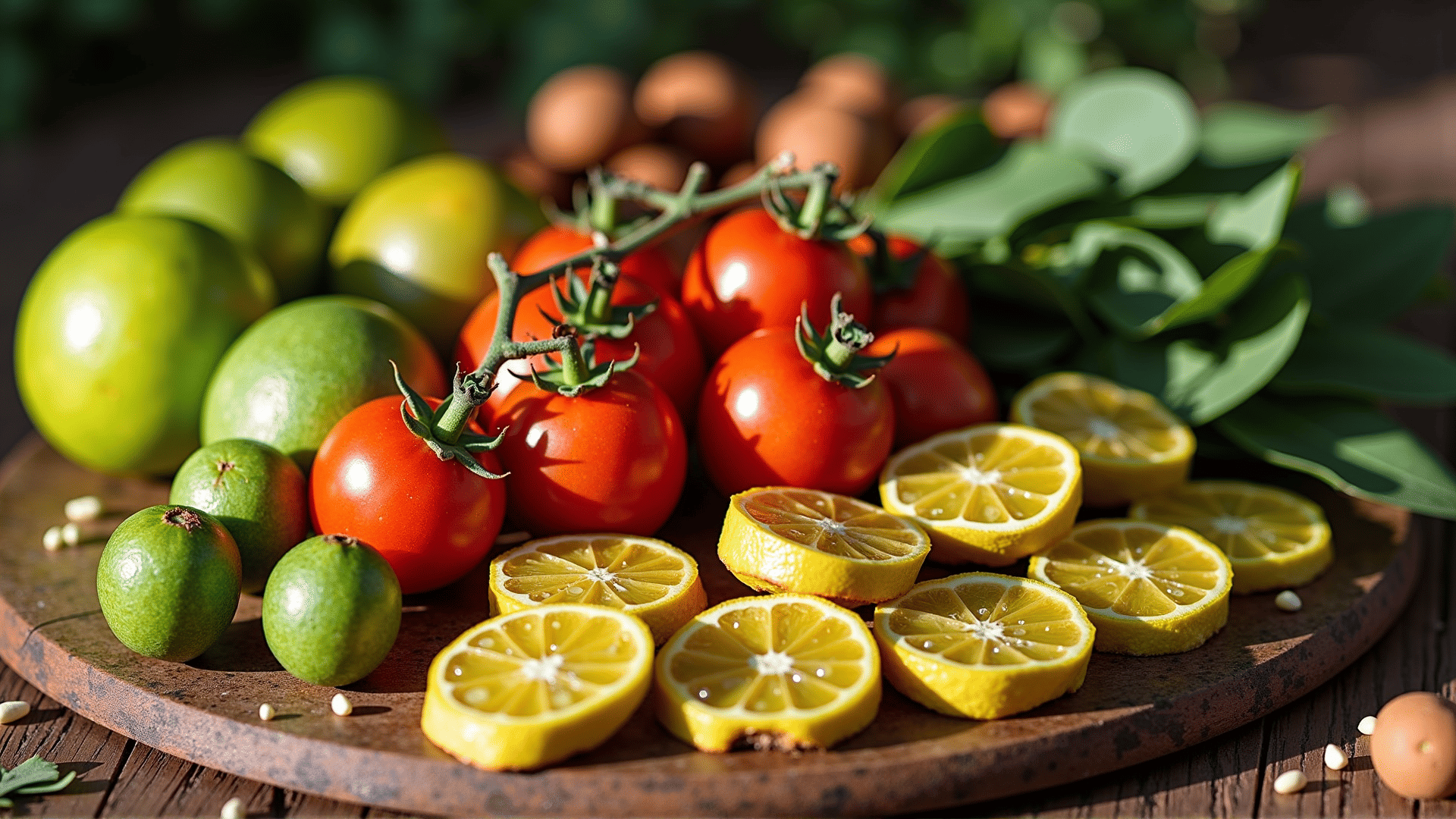Australian cuisine is undergoing a thrilling transformation as chefs across the nation rediscover and incorporate indigenous ingredients into their dishes. This culinary revolution pays homage to the rich tapestry of flavors rooted in the traditions and heritage of Australia's Indigenous peoples. By embracing native ingredients, chefs are not only celebrating the country's unique flora and fauna but also forging a path toward a more sustainable and vibrant culinary future.
One such ingredient that has captivated the attention of chefs is the quandong, a bright red, tart fruit that grows abundantly in the wild. Often referred to as the "desert peach," quandongs bring a burst of tangy sweetness to dishes and are being used in everything from desserts and sauces to savory meats. With its high vitamin C content and distinct flavor, this fruit enhances dishes with a touch of the wild Australian outback.
Similarly, wattleseed is another ingredient gaining prominence in the kitchen. Known for its nutty, slightly roasted flavor, it has been traditionally used by Indigenous communities for thousands of years. Today, chefs are grinding wattleseed into a fine powder to enhance breads, pastries, and even ice creams, providing a rich, earthy undertone that complements a variety of dishes.
Bush tomatoes, or kutjera, offer yet another native ingredient being embraced in modern Australian cooking. These small, tangy berries are being reimagined as a gourmet component, added to dips, sauces, and chutneys. They provide a unique depth of flavor, reminiscent of sun-dried tomatoes but with their own distinctive edge, offering a taste that is both familiar and intriguingly different.
Kakadu plum is another native superstar, renowned for its extraordinary vitamin C content. Often used in jams and relishes, its tart, astringent flavor is being harnessed by chefs to add a punch to both sweet and savory dishes. This superfood has become a favorite for its versatility and impressive health benefits, showcasing how indigenous ingredients can align with contemporary wellness trends.
Embracing native ingredients is not just about flavor. It is also a commitment to sustainability and respect for the land. Indigenous ingredients typically require less water and pesticides than introduced species, making them an environmentally friendly choice. By incorporating these elements into their menus, chefs are taking steps to reduce their ecological footprint while preserving the biodiversity of the Australian landscape.
Moreover, this movement towards native ingredients encourages a dialogue and partnership with Indigenous communities. Collaborations and sourcing relationships are being built, fostering a deeper appreciation of the cultural significance these ingredients hold. By highlighting these flavors, chefs are providing diners with an opportunity to connect with Australia's rich heritage and its custodianship traditions.
As Australian chefs continue to innovate with native ingredients, they are crafting extraordinary dishes that captivate the senses and tell a story of resilience, tradition, and creativity. This culinary approach not only revitalizes Australian cuisine but also broadens the global palate, inviting food lovers from around the world to savor the distinct and diverse flavors of the Australian landscape.
